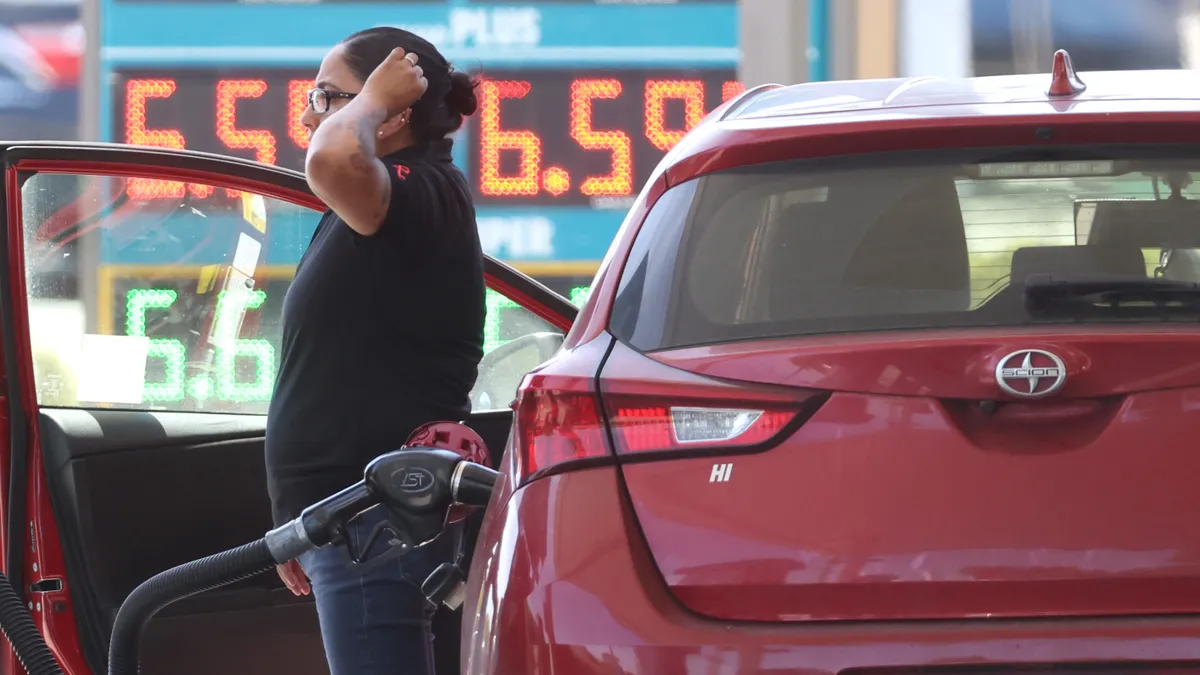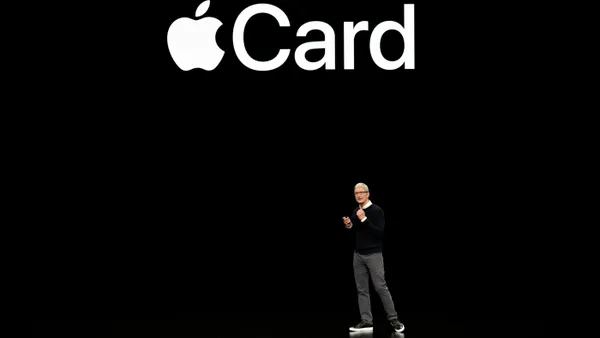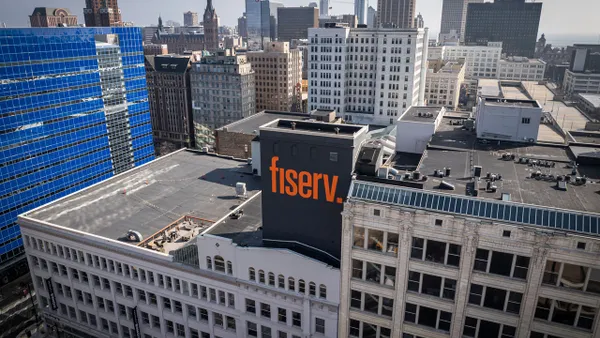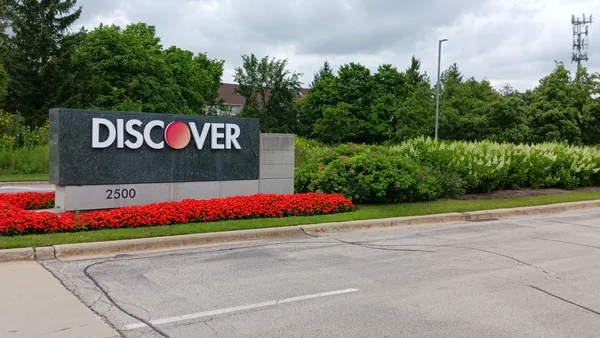Jeff Tassey is chairman of the Electronic Payments Coalition and also leads the Washington lobbying firm Tassey & Associates.
With U.S. gas prices rising to historic rates, it seems that everyone is looking for somewhere to pin the blame.
Recently, gas retailers and their D.C. lobbyists have attempted to make payment networks the scapegoat. Look no further than a recent Barron’s article. The article includes a section that incorrectly fingers credit card interchange as one of the culprits responsible for elevated fuel prices. But the authors conspicuously left out a crucial piece of the story — information that directly increases the profit margins for gas retailers.
The article states, “since most gasoline is bought with credit cards, and credit-card fees are assessed as a percentage of the price of sale, higher prices also mean higher credit-card fees. These fees are eating into gross margins, leaving less for retailers.” This is an inaccurate framing of how credit card fees, also known as interchange, impact gas transactions.
American consumers should know that card networks have implemented a cap on the level of interchange that can be charged at the pump for every gas transaction. Additionally, the 2010 Durbin Amendment imposed caps on debit interchange fees for gas transactions. For example, Mastercard charges gas stations roughly 1.9% to 2% per credit card gas transaction up to a cap of $0.95. Visa’s cap is similar at $1.10. Effectively, once a gas purchase reaches approximately $47.50, no further interchange fee is charged on that transaction. The cap “kicks in” at $47.50.
With gas prices reaching new highs hovering around $5 per gallon, credit card interchange is becoming less of a factor in purchases, not more. Assuming a price of $4.97 per gallon as of June 21, many transactions are exceeding the effective $47.50 interchange cap.
A 15-gallon credit card transaction would cost the customer $74.55. In fact, at purchase values above $47.50, gas retailers have the opportunity to pocket more savings due to the interchange cap which can lead to large increases in their revenue. For the $74.55 example purchase above, interchange would be capped at $0.95, leading to retailer revenues that are 7% higher than they would have been without the cap.
If gas prices rise further to $6 per gallon, retailers could capture even more additional revenue from the interchange cap. For a 15-gallon purchase, this price would lead to retailer revenues that are 9% higher than they would have been without the interchange cap.
The bottom line is that credit and debit card interchange fees are not a factor in high gasoline prices and have been stable for many years. As gas prices rise, interchange becomes even less of a factor. Additionally, this doesn’t begin to capture the incredible value that electronic payments provide gas retailers and customers including increased sales, improved customer experience, fraud protection, and rewards programs, just to name a few.
Indeed, credit card interchange isn’t the reason gas prices are high. The data just doesn’t hold up under scrutiny — and those searching for a culprit to be blamed would be better served looking elsewhere.










